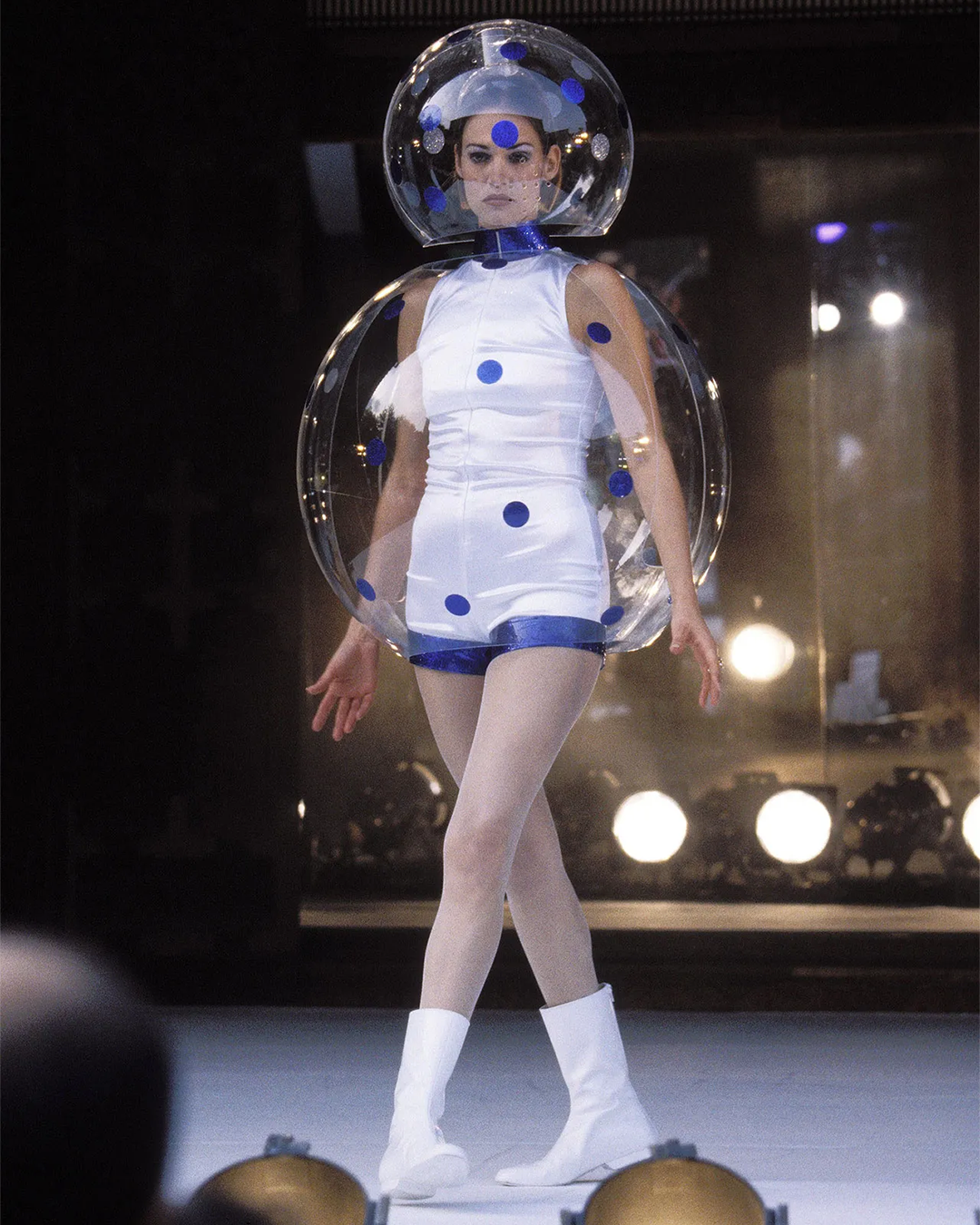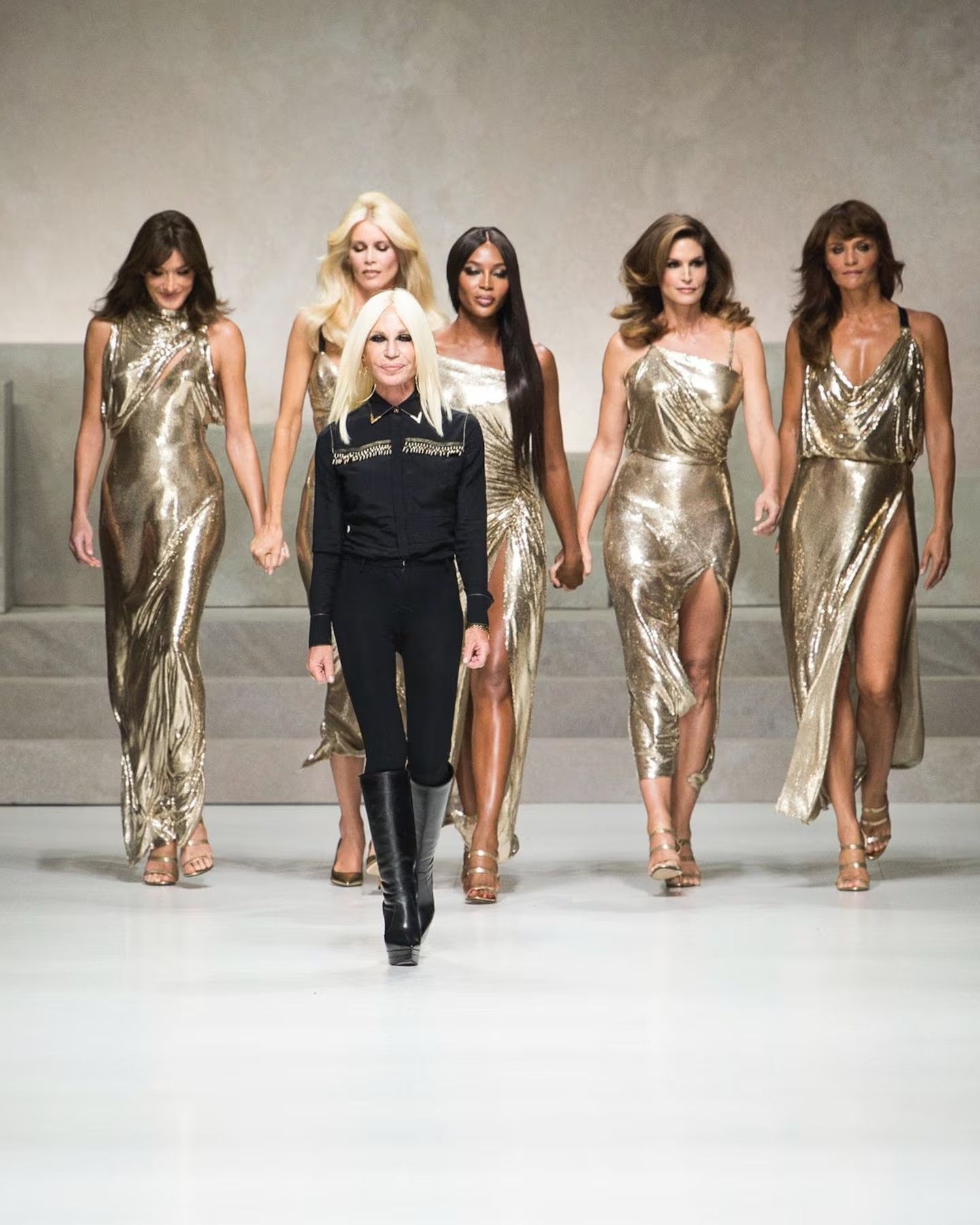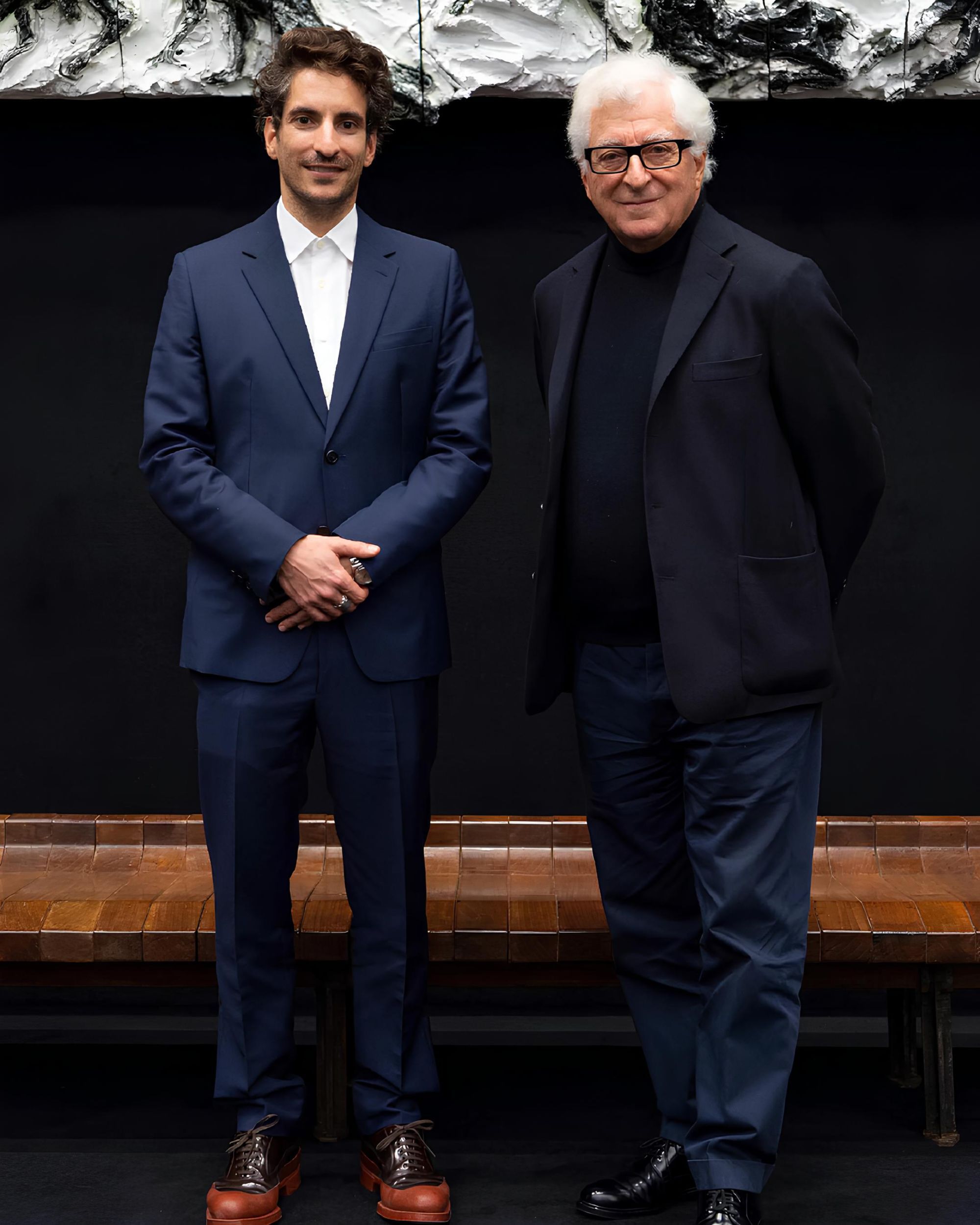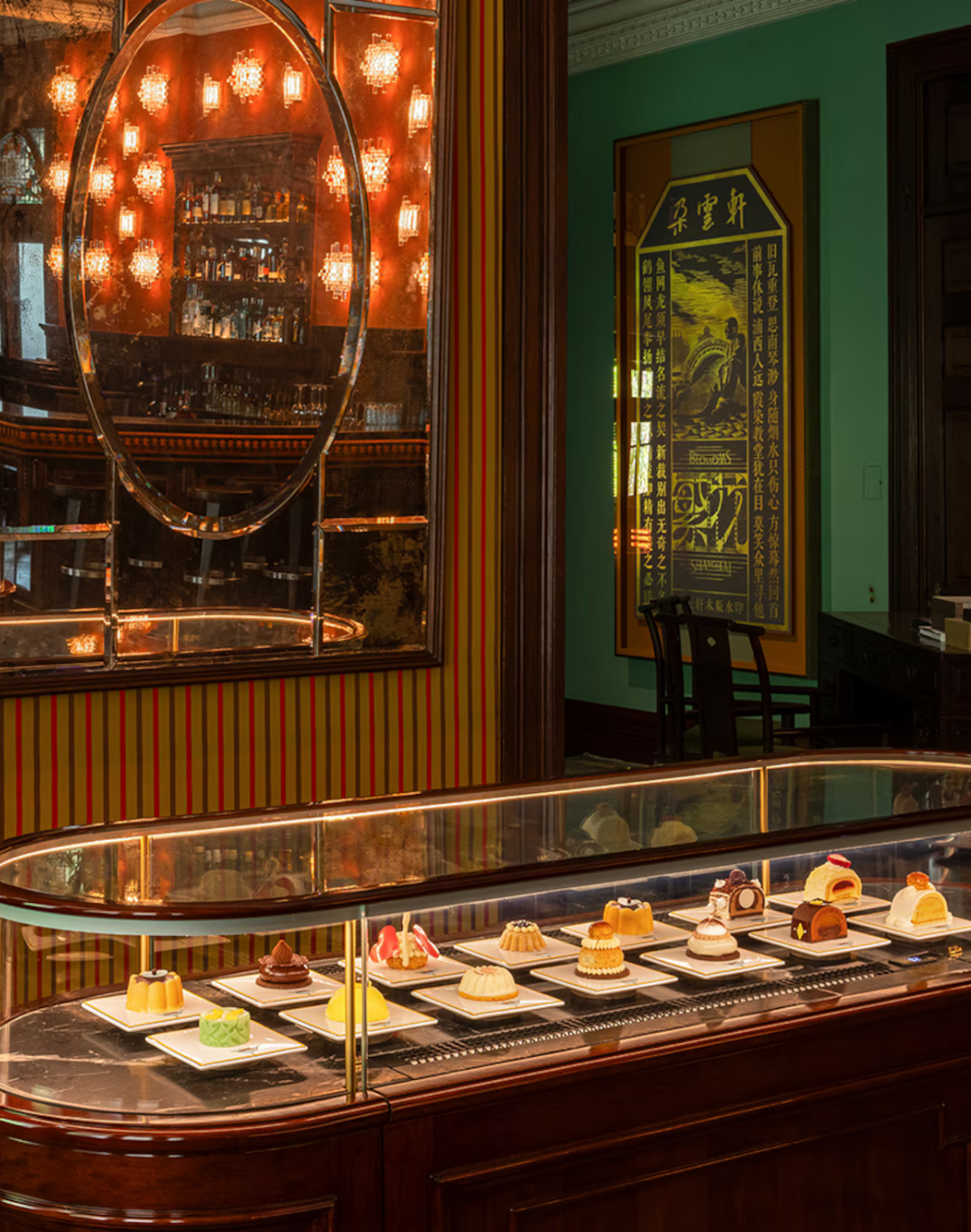
Why do more and more fashion brands care about space? Prada is certainly not the first brand to design spacesuits
The space suits designed by Prada and recently unveiled have generated much curiosity, drawing the attention of the mainstream media as well as many users on social media. They were created in collaboration with the American aerospace company Axiom Space and in 2026 will be worn by the crew of Artemis 3, NASA's first mission to the moon since Apollo 17 in 1972. The mission will last about 30 days and will involve four astronauts: they have not yet been selected, but the goal is to send the first woman and the first non-white person to the Moon. Aesthetically, the suits are not very different from those used by Neil Armstrong and Buzz Aldrin, the first people to walk on the Moon in 1969, but they will allow easier movement, will not have zippers, and the seams will better protect the crew from lunar dust. Furthermore, they will allow astronauts to walk for about eight hours a day and maintain a constant internal temperature even when it is very cold outside. The suits are white and bulky, with red accents on the forearms, waist, and backpacks, recalling the symbol of Linea Rossa, Prada's sports line – though the Prada logo itself will not appear. The collaboration between the Milanese company and Axiom Space started in 2020 and was initiated by Lorenzo Bertelli, head of marketing at Prada and son of Miuccia Prada.
But Prada is not the only fashion brand to have taken an interest in the aerospace sector in recent years. Recently, for example, the French luxury brand Pierre Cardin presented a training suit designed for astronauts at the European Space Agency’s center – located in Cologne, Germany. Additionally, the hotel group Hilton is working on creating suits for the crew of future commercial flights bound for the private space station Starlab. Axiom Space, on the other hand, commissioned Esther Marquis, costume designer for the space-themed TV series For All Mankind, to design the lining of the space suits worn by astronauts during their "extravehicular activities" – the so-called "spacewalks." And furthermore: British billionaire Richard Branson, founder of the aerospace company Virgin Galactic, turned to the American brand Under Armour for the uniforms of his company’s fleet, while Elon Musk hired costume designer Jose Fernandez – who worked on Batman vs Superman and the Avengers series – to design the suits used by SpaceX. In particular, Musk’s company is developing and testing a new generation of lighter, more practical suits compared to the ones typically used: in essence, they are like small wearable spaceships; there are still few of them, and they are extremely expensive, but SpaceX – like other private companies – aims to change that.
The success of space tourism
@virgingalactic “To all you kids down there…” - Richard Branson has a message from zero gravity! #unity22 #virgingalactic #space original sound - VirginGalactic
For companies like SpaceX, working with fashion houses is first and foremost a strategic opportunity: it allows space tourism to be perceived as more accessible and appealing. For brands, on the other hand, participating in these projects represents a great opportunity, both economically and in terms of communication, as it allows companies to experiment with technologies and innovative solutions that they would hardly have the chance to test in other projects. Space tourism is a rapidly expanding field, though for now, it is still almost exclusively aimed at a highly affluent niche, eager for inherently “extreme” experiences – such as a round-trip space journey. The first missions that took private citizens, who had no astronaut experience, into orbit date back to 2021. In that year, both Blue Origin and Virgin Galactic conducted their first manned spaceflights, with their respective founders – billionaires Jeff Bezos and Richard Branson – also on board. The two companies reached the space environment for only a few minutes before returning to Earth. They didn’t settle into stable Earth orbit, as SpaceX did shortly afterward, demonstrating its technical superiority. On that occasion, for the first time, the crew was entirely composed of non-astronauts. Therefore, participants studied the basic rudiments of orbital mechanics, trained in weightlessness conditions, performed drills and tests to deal with various emergencies on board, and learned how the capsule they traveled in worked.














































